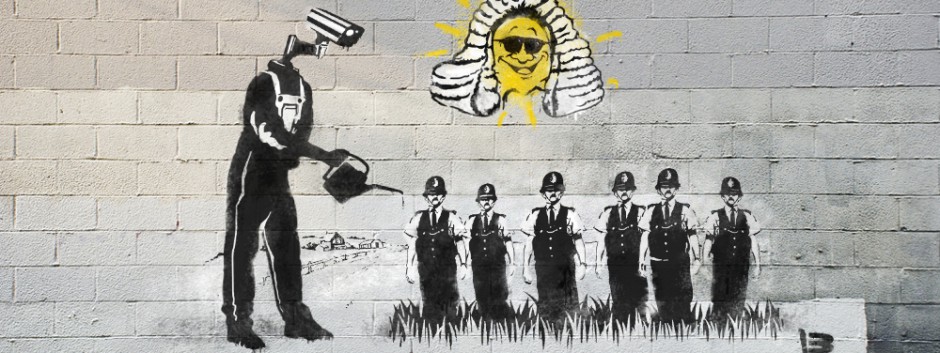1) “When you’re designed against, you know it” (Andreou).
I believe this quote sets the tone for what the whole article is about as it describes how alienated the homeless may feel from being driven away by anti-homeless spikes. As Alex Andreou states, the psychological effect that these spikes do to the homeless is “devastating” as they feel they are not a member of the public, “at least not of the public that is welcome here” (2).
I had never seen anything like this in my life before so it shocked me once I realized they actually exist. I feel that these anti-homeless spikes are horrible structures that should be taken away as they breed “hardness and isolation. It makes life a little uglier for all of us” (Andreou). Instead of driving away the homeless, I feel that they should be given a bed and place to stay. Overall, I wonder how long these anti homeless spikes have been around as I had never heard of this before.
2) Tristan Tzaras speaks about common sense and how it’s something that he hates. I can understand what Tzaras is saying as common sense can lead us to dangerous situations. For example, doing drugs used to be considered common sense according to certain people. Those who were for drugs would attempt to persuade or pressure the person into doing them by saying “it makes you feel good” or “you’ll be cool.” The same could be said about smoking as smoking used to be something very common in that even doctors suggested doing it. Ads on magazines and T.V would try to persuade by showing celebrities smoking. This makes those who look up to said celebrity think it’s OK to smoke.
3) “indeed the culture in which our children are raised is increasingly a culture of presentation, a corporate culture in which appearance is often more important than reality” (3).
Sherry Turkle is saying that we no longer care about what a person can do, but how good they look. We live in a world where our looks can get us certain jobs, friends, and even help. For example, I once saw a video that studied how people would react to two different groups of men that pretended to have a heart attack. The first group wore dirty-raggedy clothes, while the other had clean suits. The results were stunning as 1/10 people went to help the dirty clothed males, while 10/10 went to help the ones with the suits. I find this to be concerning as the way we look shouldn’t decide who we are. However society has created stereotypes that revolves around this. For example, the dirty clothed males may have been ignored because those passing by probably thought they were drunk or high. But for all they know, one of the males could be a professor at the nearest college.




Good post.